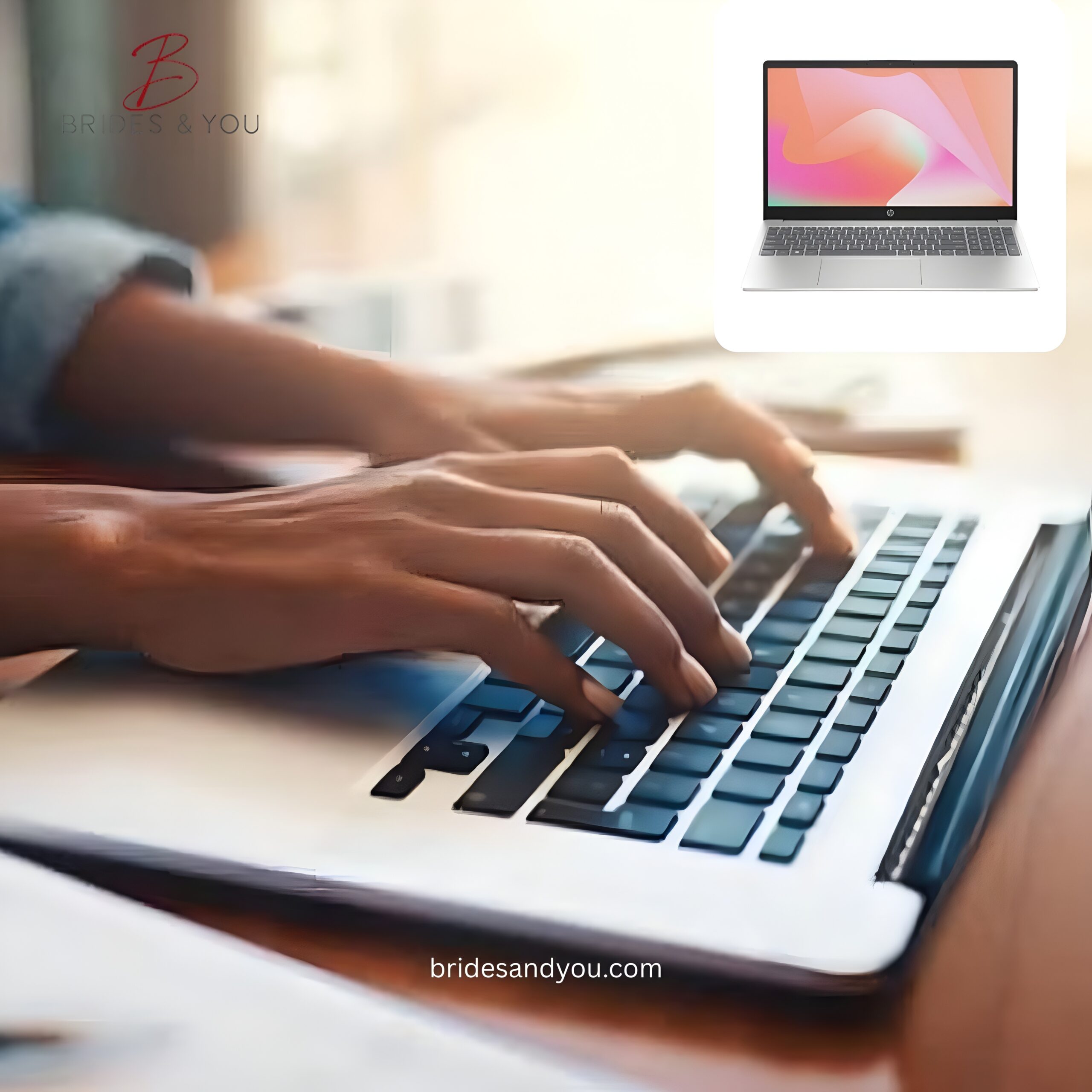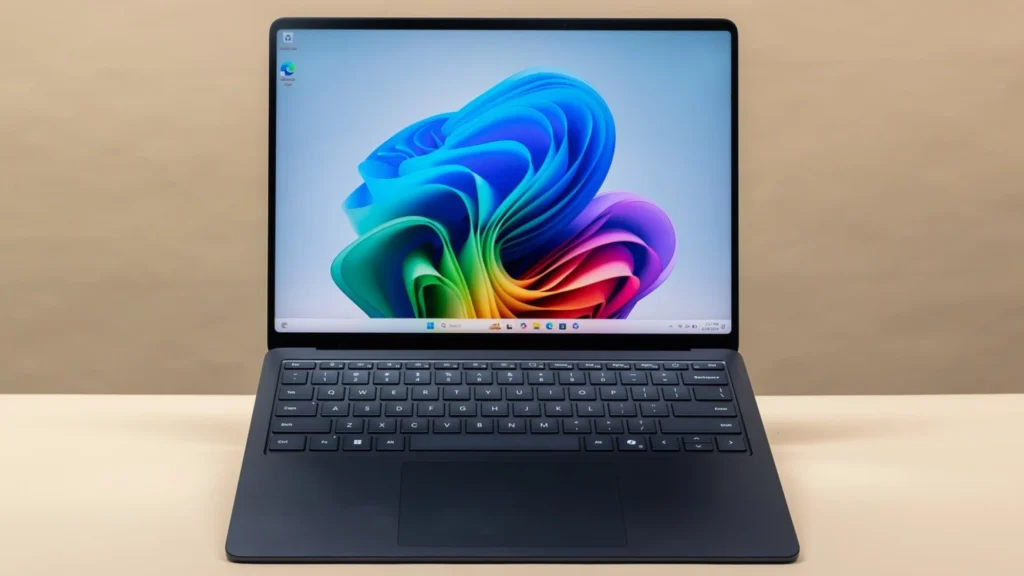Now Reading: 6 Clear Signs That Tell You to Change Your Laptop
-
01
6 Clear Signs That Tell You to Change Your Laptop
6 Clear Signs That Tell You to Change Your Laptop

Technology has changed the way we work, study, and connect with the world. But no device lasts forever, not even your laptop. At first, you may ignore the slow speed, short battery life, or noisy fans. However, these problems only get worse with time. Struggling with an outdated laptop not only wastes your time but also puts your data at risk.
If you are unsure about whether to buy a new laptop, look out for these six clear signs that tell you to change your laptop.

1. No More Updates
One of the most important signs that it’s time to replace your laptop is when it no longer receives updates. Your operating system and software need regular updates for security and performance. For example, Windows 10 will stop receiving support in 2025.
Without updates, your laptop becomes vulnerable to viruses and cyberattacks. New apps may not install, and even your browser can stop working properly. If you notice that your laptop says “up to date” but you know newer versions exist, that’s a strong signal to consider buying a new one.
2. Storage Always Full
Are you constantly receiving “low storage” warnings? If yes, your laptop is running out of space. Full storage doesn’t just mean you can’t save files—it also blocks updates, prevents new software installations, and slows down performance.
You can try moving data to external drives or cloud storage, but these are only temporary solutions. If your laptop’s internal storage cannot be expanded, it is usually better to invest in a modern laptop with larger and faster storage.
3. Painfully Slow Performance
Nothing is more frustrating than waiting minutes for your laptop to boot or struggling to keep multiple tabs open. Older laptops often cannot handle today’s heavy apps, video calls, or even web browsing.
You may try adding more RAM or switching to an SSD, but there’s only so much you can upgrade. Once the processor and graphics card are outdated, performance will not improve. If you find yourself constantly waiting for your laptop to respond, it’s time to move on.
4. Overheating and Noisy Fans
Does your laptop sound like a jet engine every time you open a browser? Overheating and noisy fans are common in old laptops. Not only is this annoying, but it can also damage internal parts and cause sudden shutdowns.
Cleaning vents or using a cooling pad may help for a short while, but if the problem continues, repairs may cost more than the laptop is worth. At this point, replacing your laptop is a smarter choice.
5. No Room for Upgrades
Unlike desktop computers, laptops are limited when it comes to upgrades. Most modern laptops only allow you to upgrade the storage or RAM, and sometimes not even that.
If you have already maxed out your laptop’s memory and storage but still face slow performance, you are stuck. Buying a new device is more cost-effective than trying to push an old one beyond its limits.
6. Dying Battery Life
A laptop should give you the freedom to work anywhere. But if your laptop dies within an hour or needs to stay plugged in all the time, it loses its main purpose.
Some laptops allow battery replacement, but if the rest of the hardware is also outdated, replacing the battery alone won’t help much. Plus, many replacement batteries in the market are low-quality, which makes them unreliable. If you are always hunting for the nearest power outlet, it’s time for a new laptop.
Why Upgrading to a New Laptop Makes Sense
Replacing your laptop may seem expensive, but the hidden cost of using an old machine is much higher. Slow performance wastes time, outdated hardware risks your data, and constant repairs drain your money.
Modern laptops offer:
- Faster boot times and smoother multitasking.
- Better battery life and portability.
- Advanced security features.
- Compatibility with the latest apps and software.
When you upgrade, you not only save time but also reduce stress and increase productivity.
Final Thoughts
Your laptop is your everyday partner for work, study, and entertainment. But when it starts holding you back instead of helping, it’s time to let it go. Keep an eye on these six signs that tell you to change your laptop—no updates, full storage, slow performance, overheating, no upgrade options, and dying battery life.
If you recognize more than one of these signs, don’t delay. Investing in a new laptop will give you a smoother, safer, and more enjoyable experience.










